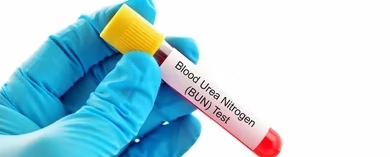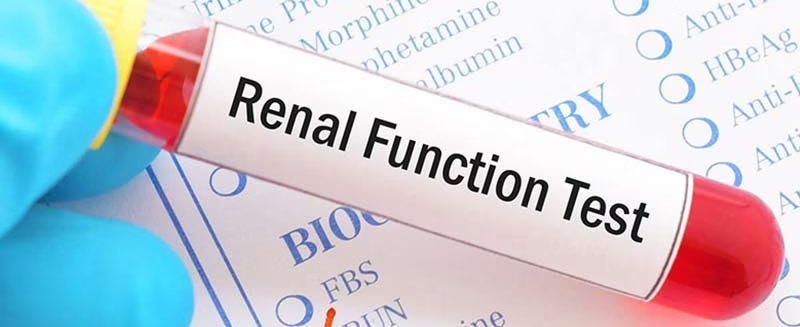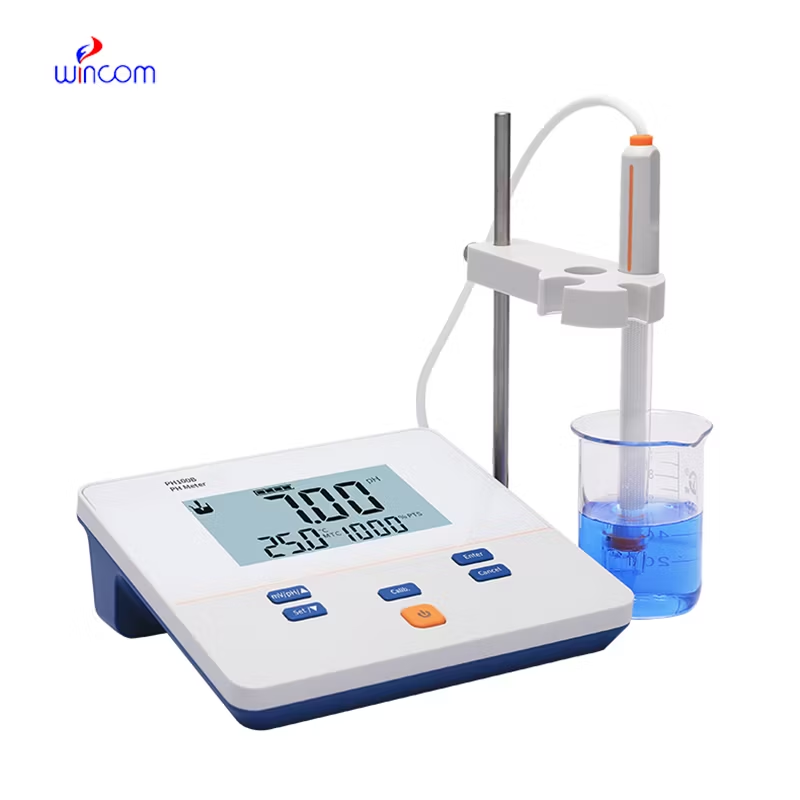
AIM: Determination of Blood urea Non-enzymatic method Principle of Diacetyl monoxime method Under acidic conditions, when urea is heated with compounds containing two adjacent carbonyl groups, such as Diacetyl, in Read More …
Simplifying Allied Health Learning.

AIM: Determination of Blood urea Non-enzymatic method Principle of Diacetyl monoxime method Under acidic conditions, when urea is heated with compounds containing two adjacent carbonyl groups, such as Diacetyl, in Read More …

Introduction A Renal Function Test (RFT) is a series of blood and urine tests used to evaluate the performance of the kidneys. These tests help assess the kidneys’ ability to Read More …

Introduction pH and pH meter measure the acidity or alkalinity of a solution, defined as the negative logarithm (base 10) of the hydrogen ion concentration [H+] in a solution. It Read More …

Introduction Determination of Sodium (Na⁺) and potassium (K⁺) ions is critical electrolytes in the human body, involved in various physiological processes like fluid balance, nerve transmission, and muscle contraction. In Read More …

AIM: Determination of Clotting Time Capillary method Principle The principle behind the capillary method is that blood, when exposed to air, begins to clot due to the activation of the Read More …